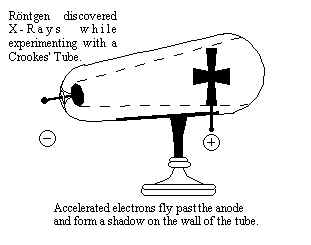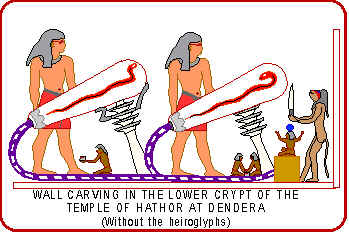Advanced Machining in Ancient Egypt Page 9
By Christopher P. Dunn
Revelation of new data, invariably spawns new questions. In this case it’s understandable to hear, "where are the machines?"
Machines are tools. The question should be applied universally and can be asked of anyone who believes other methods may
have been used. The fact of the matter is that tools have not been found to explain any theory! More than eighty pyramids
have been discovered in Egypt, and the tools that built them have never been found. Even if we mis-guidedly accept the notion
that copper tools are capable of producing these incredible artifacts, the few copper implements that have been uncovered do
not represent the number of such tools that would have been used if every stonemason who worked on the pyramids at just
the Giza site owned one. In the Great Pyramid alone, there are an estimated 2,300,000 blocks of stone, both limestone and
granite, weighing between 2½ tons and 70 tons each. That is a mountain of evidence with no tools surviving to explain its
creation.
The principle of "Occams Razor", where the simplest means of manufacturing hold force until proven inadequate, has held
force over the pyramid builders methods, except there is one component of this principle that has been lacking. If the simplest
methods do not satisfy the evidence, other less simple methods are considered, and so on and so forth. There is little doubt
that the capabilities of the ancient pyramid builders have been seriously underestimated. The most distinct evidence that I can
relate is the precision and mastery of machining technologies that are only now beginning to be re-invented. Some technologies
the Egyptians possessed still astound modern artisans and engineers primarily for this reason.
The development of machine tools has been intrinsically linked with the availability of consumer goods and the desire to find a
customer. One reference point for judging a civilization to be advanced has been our current state of manufacturing evolution.
Manufacturing is the manifestation of all scientific and engineering effort. For over a hundred years this epoch has progressed
exponentially. Since Petrie first made his critical observations between 1880 and 1882, our civilization has leapt forward at
breathtaking speed to provide the consumer with goods, all created by artisans, and still, over a hundred years after Petrie,
these artisans are utterly astounded by the achievements of the ancient pyramid builders. They are astounded not so much by
comparing their own accomplishments with what they perceive a primitive society is capable of, but by comparing these
prehistoric artifacts with their own current level of expertise and technological advancement.
The interpretation and understanding of a civilizations’ level of technology cannot and should not hinge on the preservation of a
written record for every technique that they had developed. The "nuts and bolts" of our society do not always make good
copy, and a stone mural will more than likely be cut to convey an ideological message rather than the technique used to
inscribe it. Records of the technology developed by our modern civilization rest in media that is vulnerable and could
conceivably cease to exist in the event of a world wide catastrophe, such as a nuclear war or another ice age. Consequently,
after several thousand years, an interpretation of an artisan’s methods may be more accurate than an interpretation of his
language. The language of science and technology doesn’t have the same freedom as speech. So even though the tools and
machines have not survived the thousands of years since their use, we have to assume, by objective analysis of the evidence,
that they did exist.

Crooke’s Tube.
Notwithstanding the previous argument, the ancient Egyptians did cut a mural that, while it could be interpreted as presenting a
symbolic message, also describes a technology that was being used by the contemporaries of the masons that carved it.
Inscribed into the wall in the lower crypt at the temple of Hathor at Dendera is the representation of a machine.

Go to Dendera to view a representation of a Crooke’s Tube! (Cathode Ray Tube.) It’s not something you would use to cut
granite, but viewed within the context of modern scientific discovery, the Crooke’s tube is known as the device that triggered
the discovery of x-rays. The sketch seems to symbolize the medical profession. Put the two snakes together and Caduceus
comes to life, with representations of medicine and the proffering of the scalpel. (Symbolizing the subjugation of exploratory
surgery to the power of new technology, the x-ray?) Machines did exist. Of the kind that are in existence today, and even
those we have yet to develop.
There is much to be learned from our distant ancestors, but before that lesson will come to us, we need to open our minds and
accept that there have existed on the earth, civilizations with technology that, while different from our own, and in some areas
possibly not as advanced, had developed some manufacturing techniques that are as great or even greater. As we assimilate
new data and new views of old data, it is wise to heed the advice Petrie gave to an American who had visited him during his
research at Giza. The American expressed a feeling that he had been to a funeral after hearing Petrie’s findings, which had
evidently shattered some favorite pyramid theory at that time. Petrie says, "By all means let the old theories have a decent
burial; though we should take care that in our haste none of the wounded ones are buried alive."
Chris Dunn can be contacted by email at: cdunn1546@aol.com
|